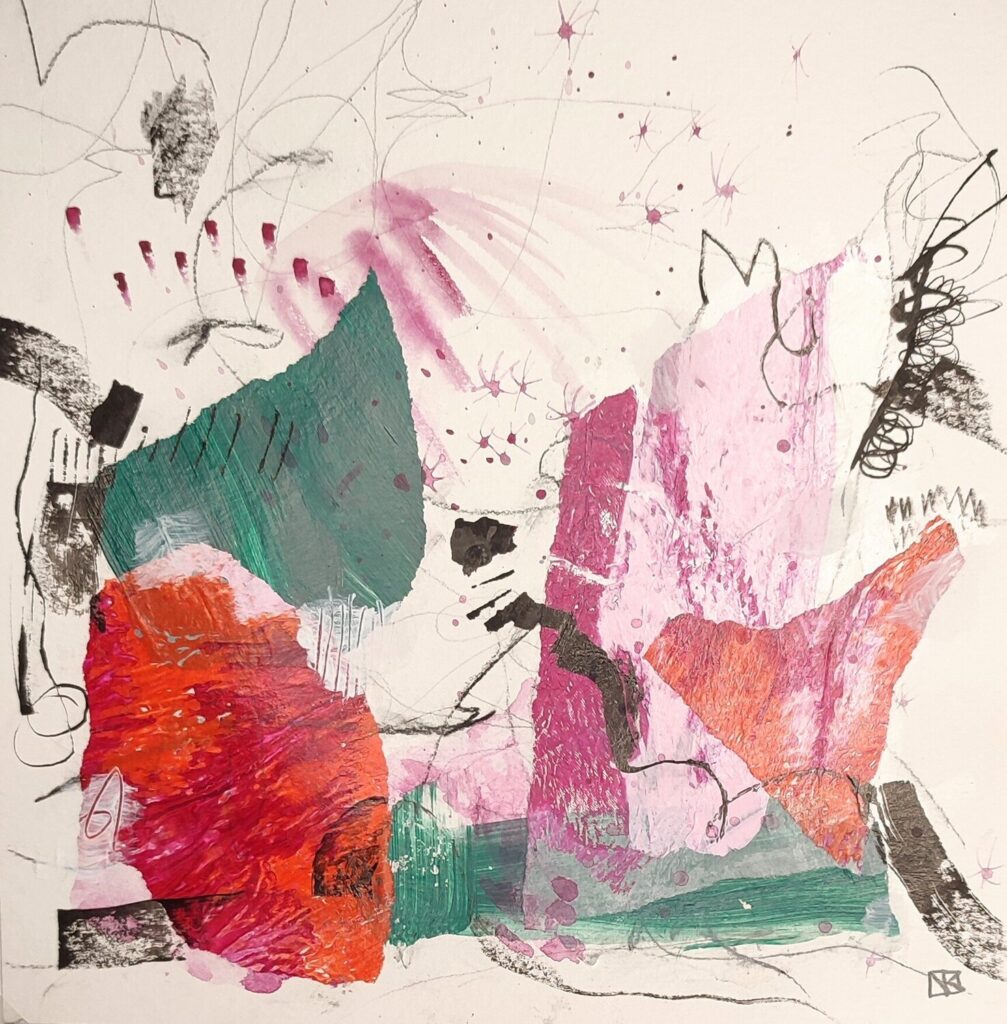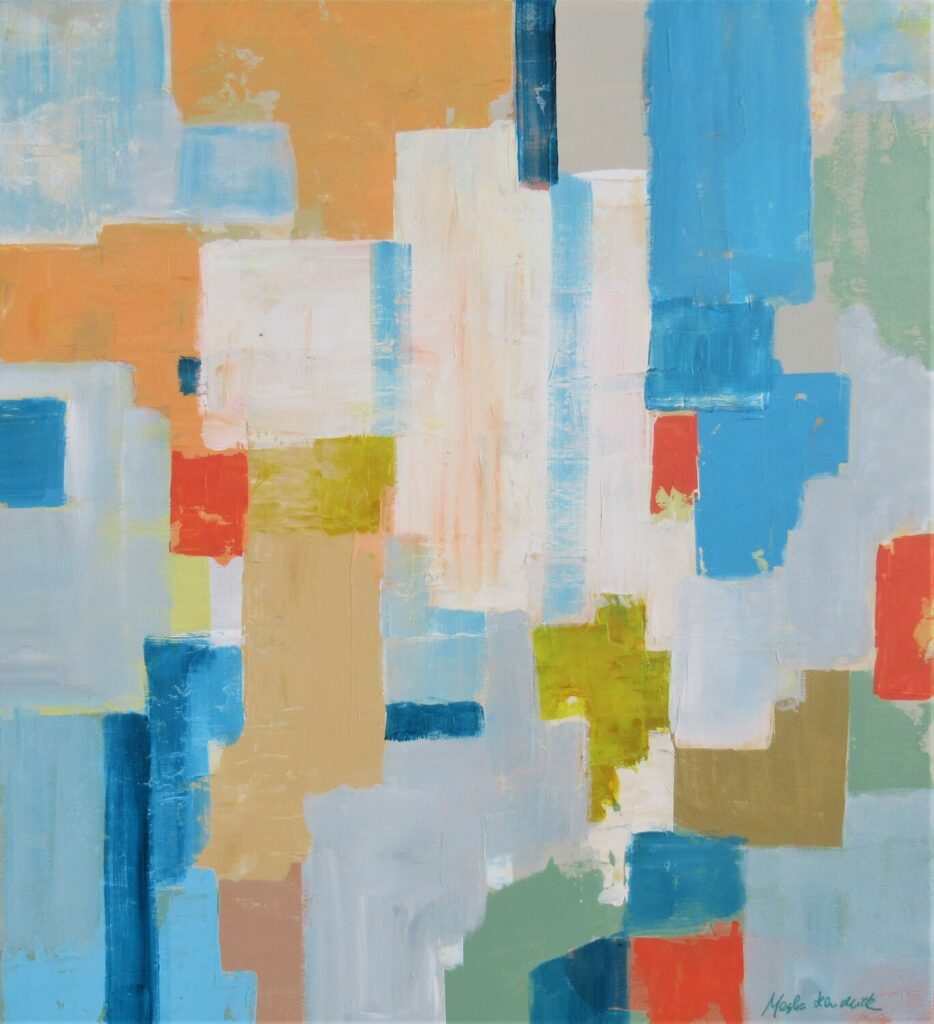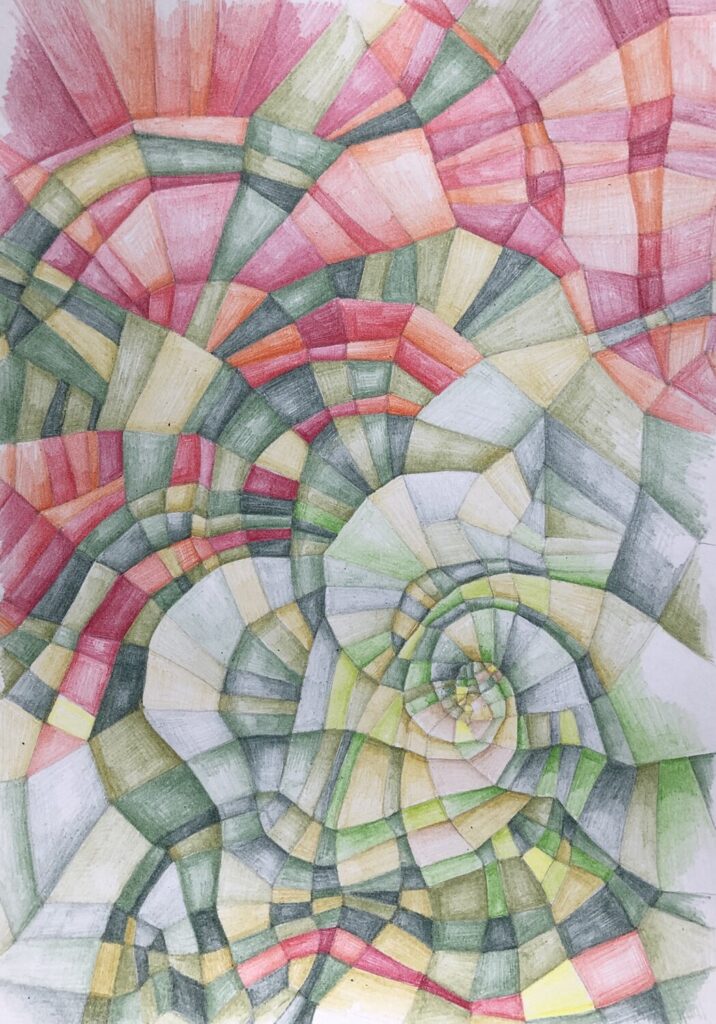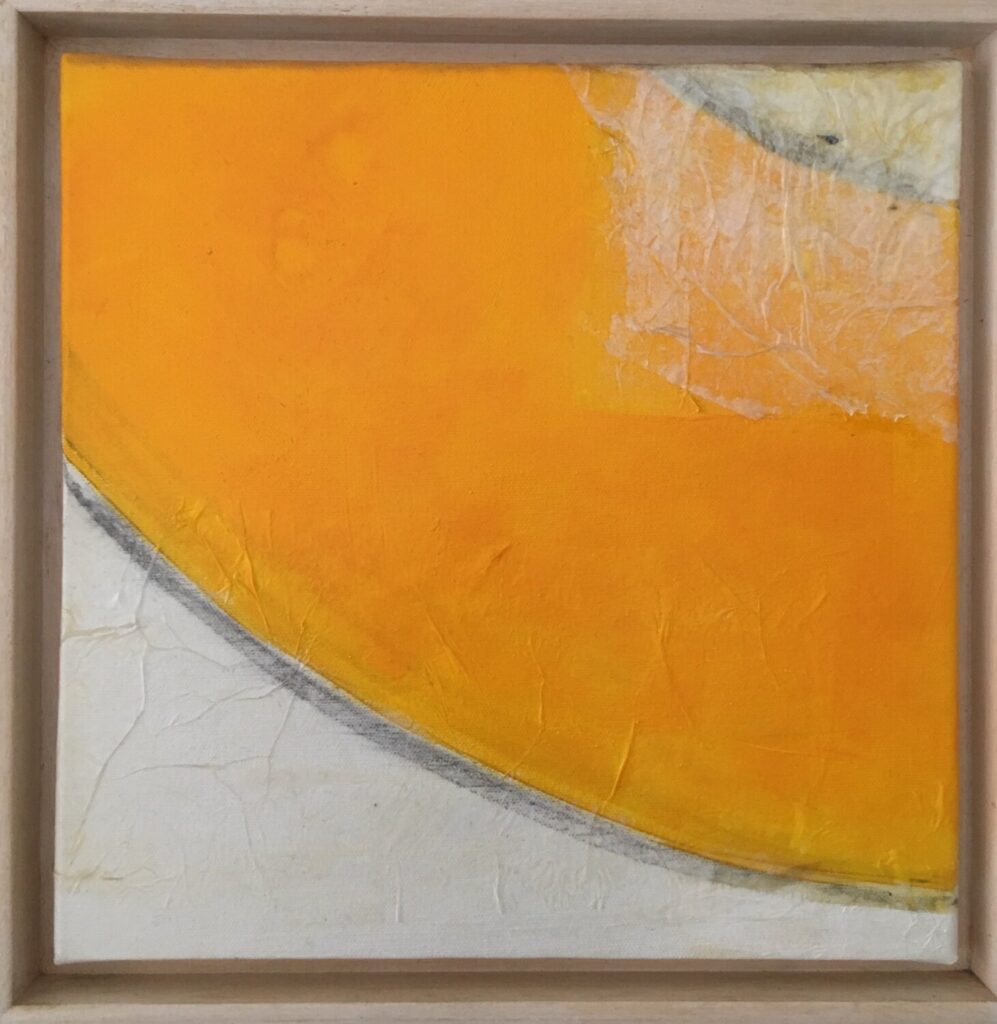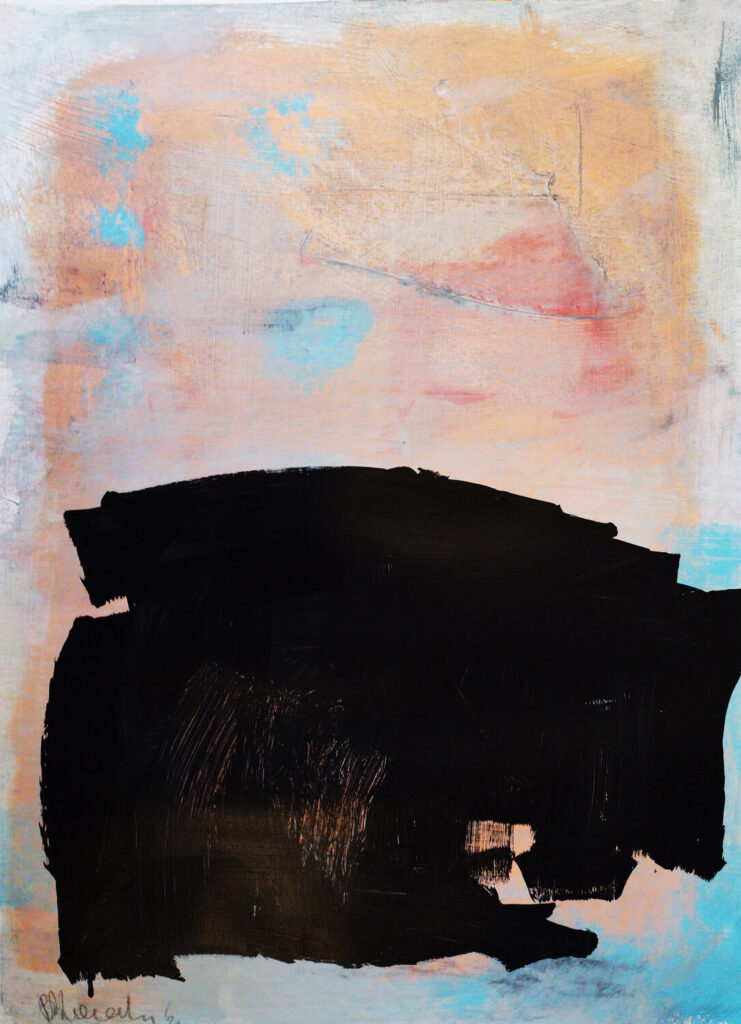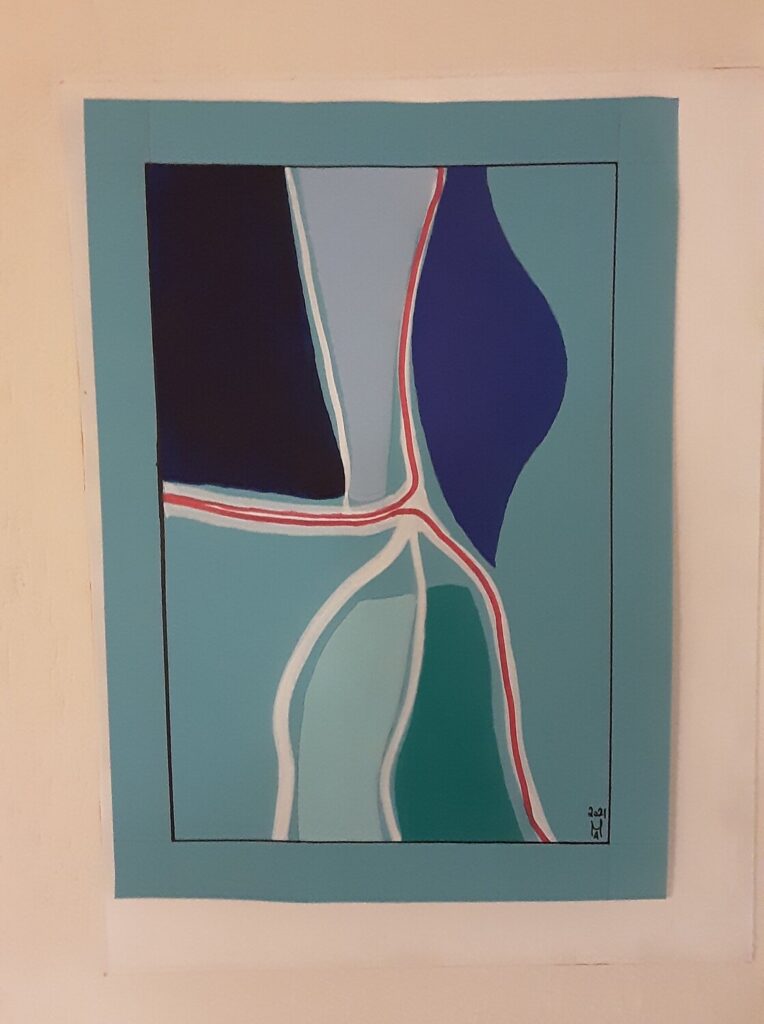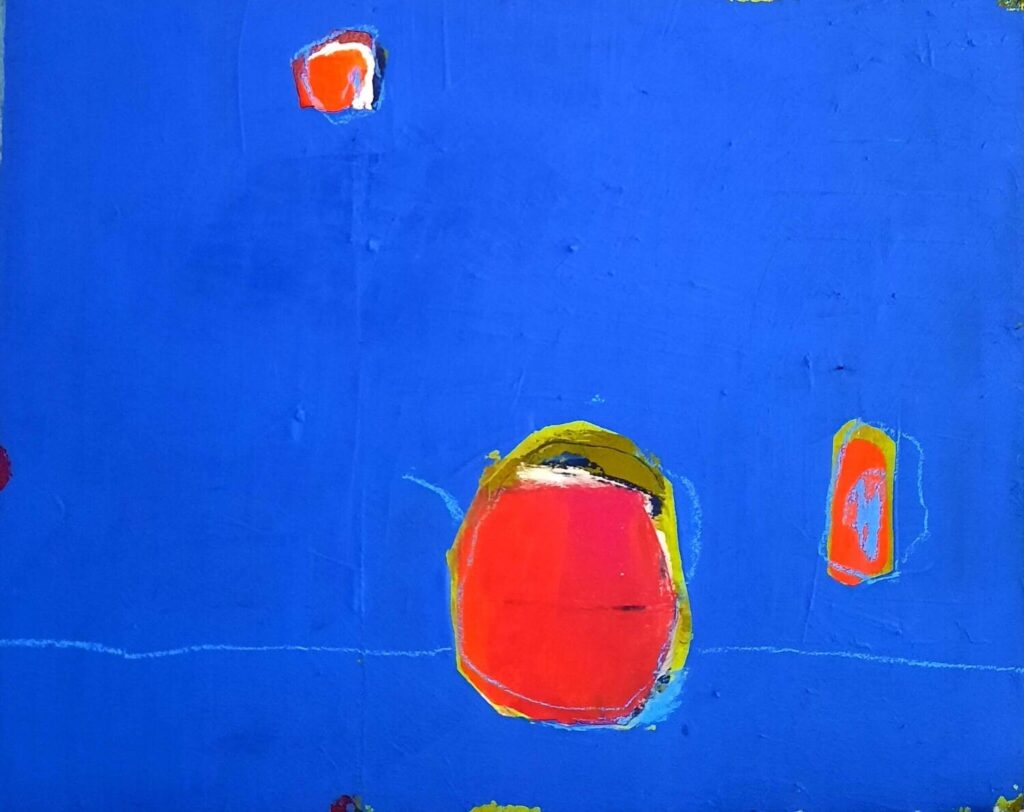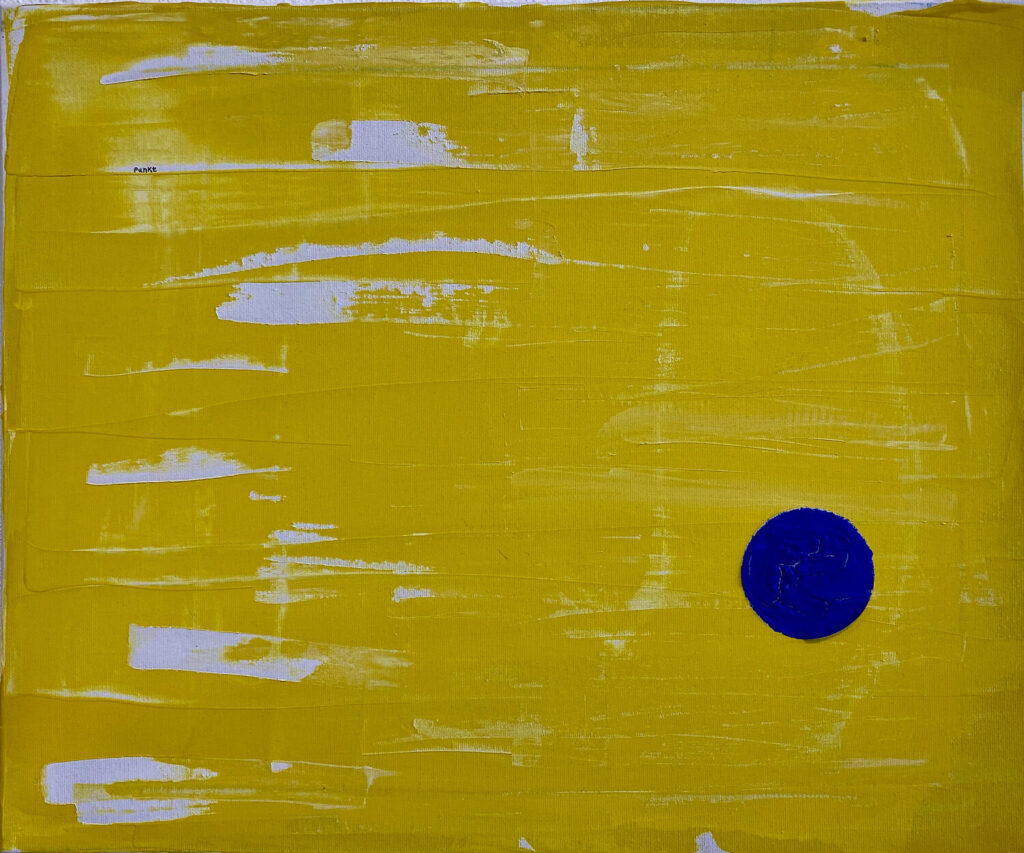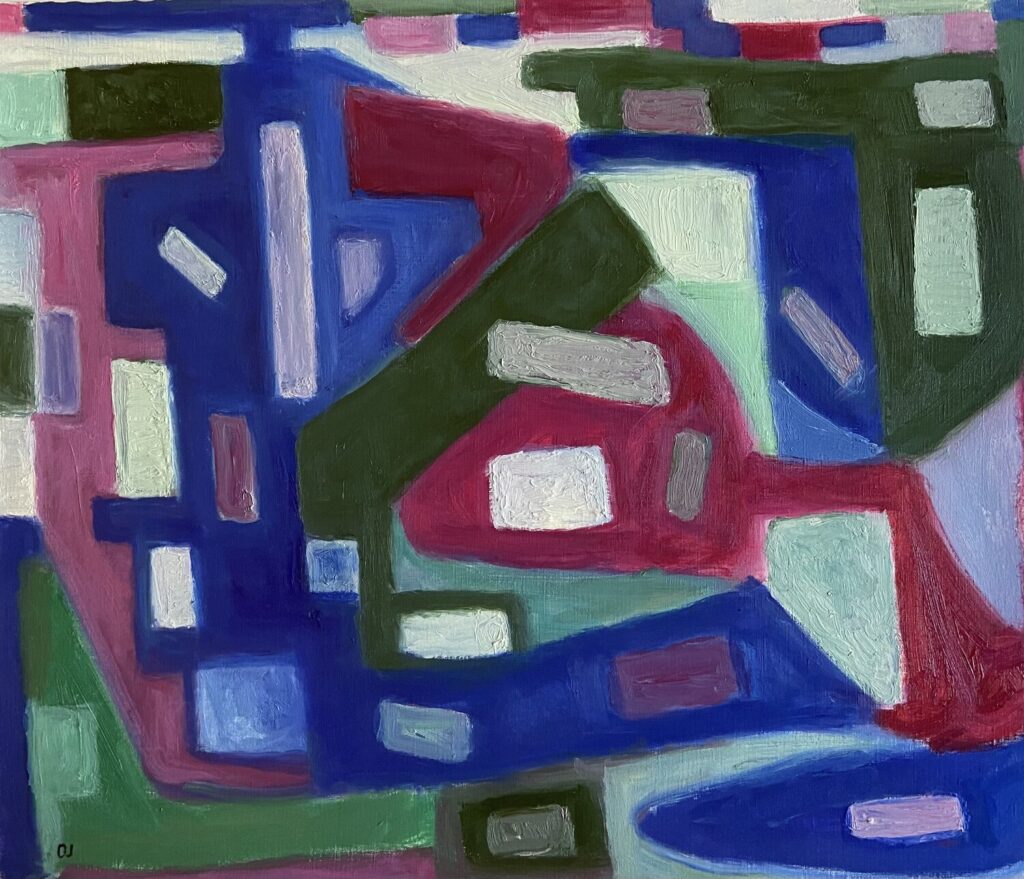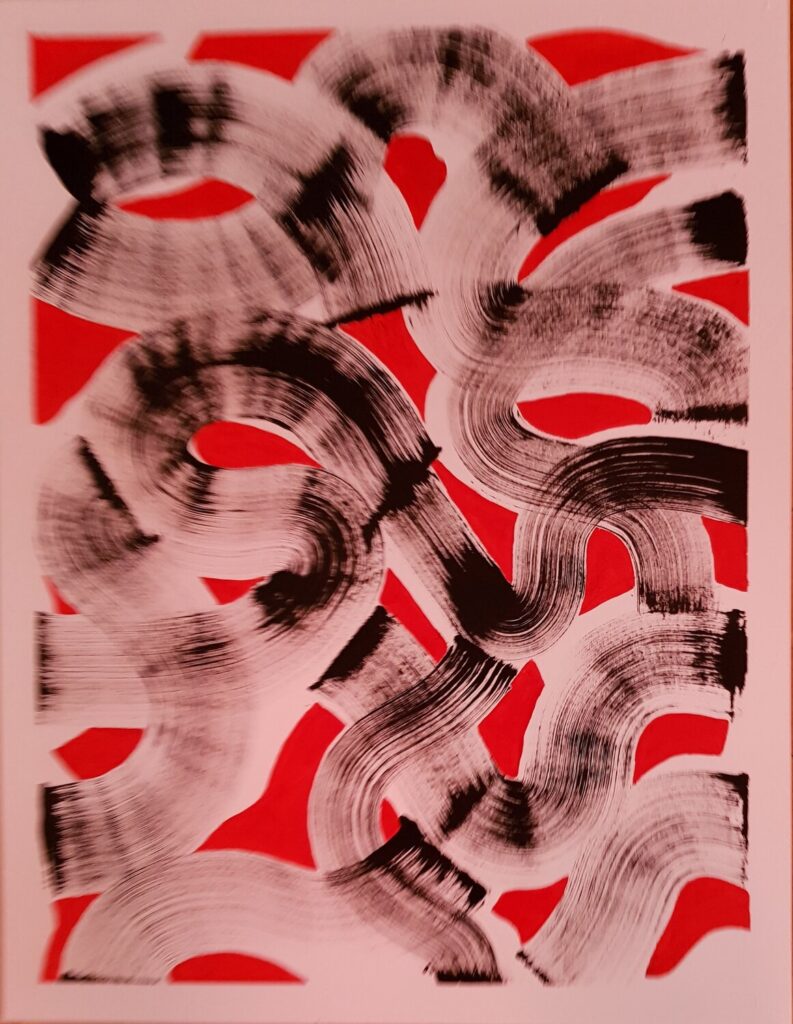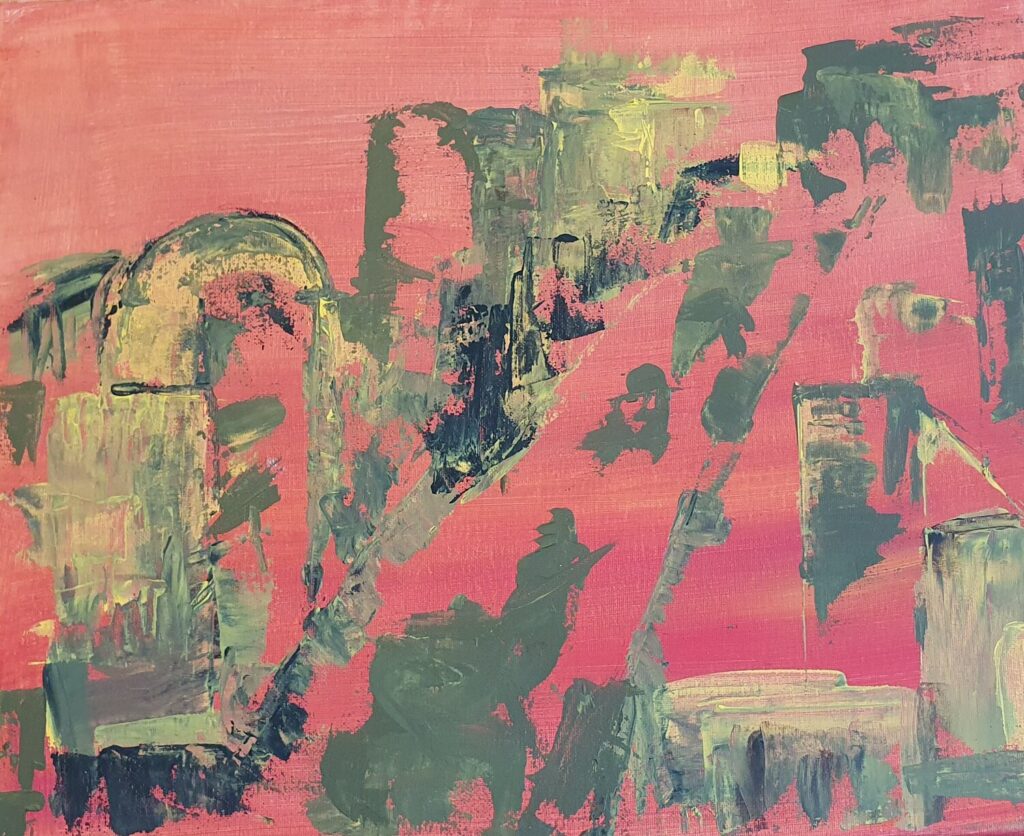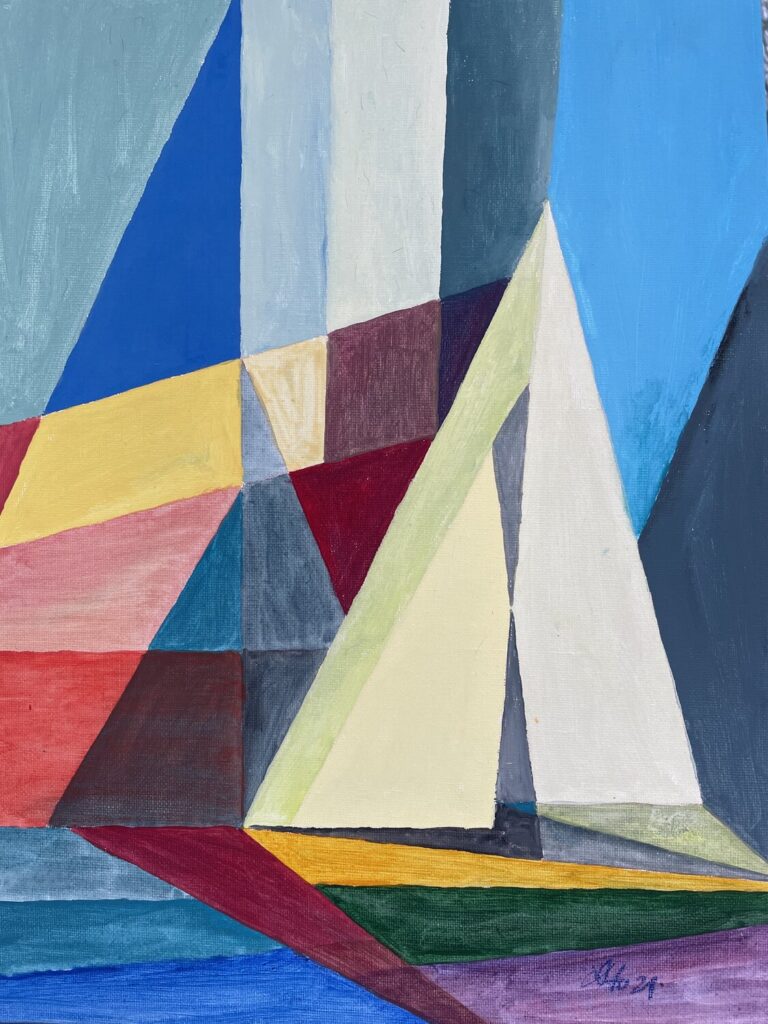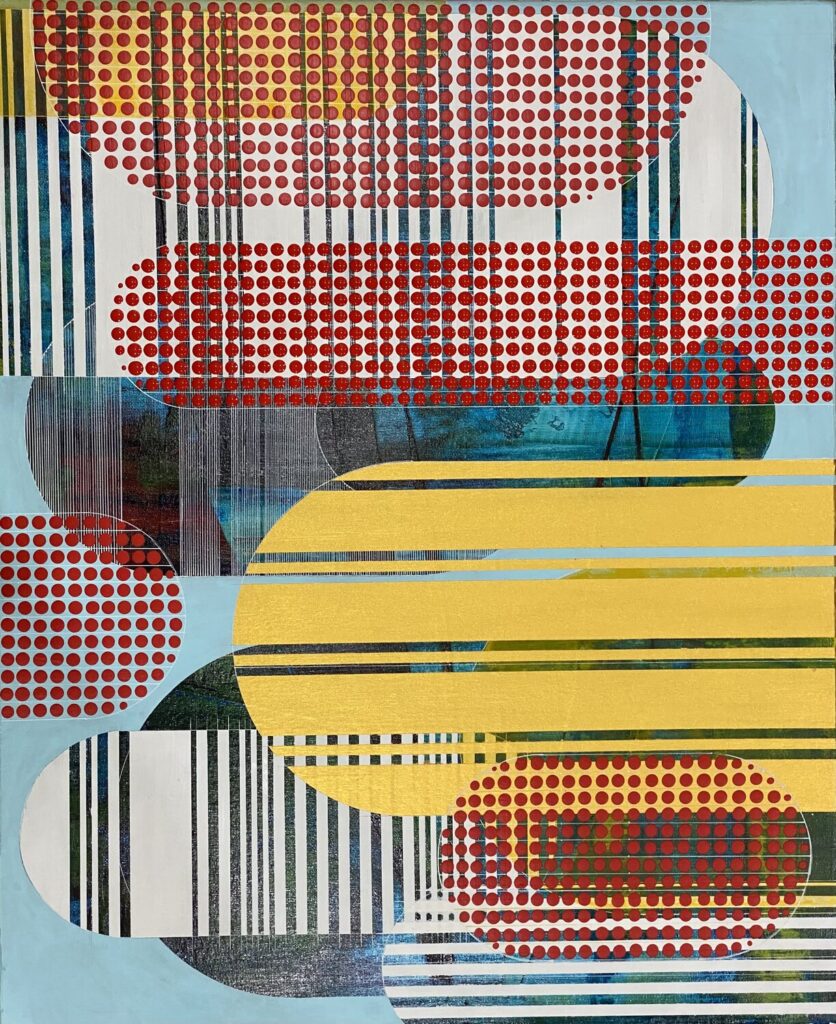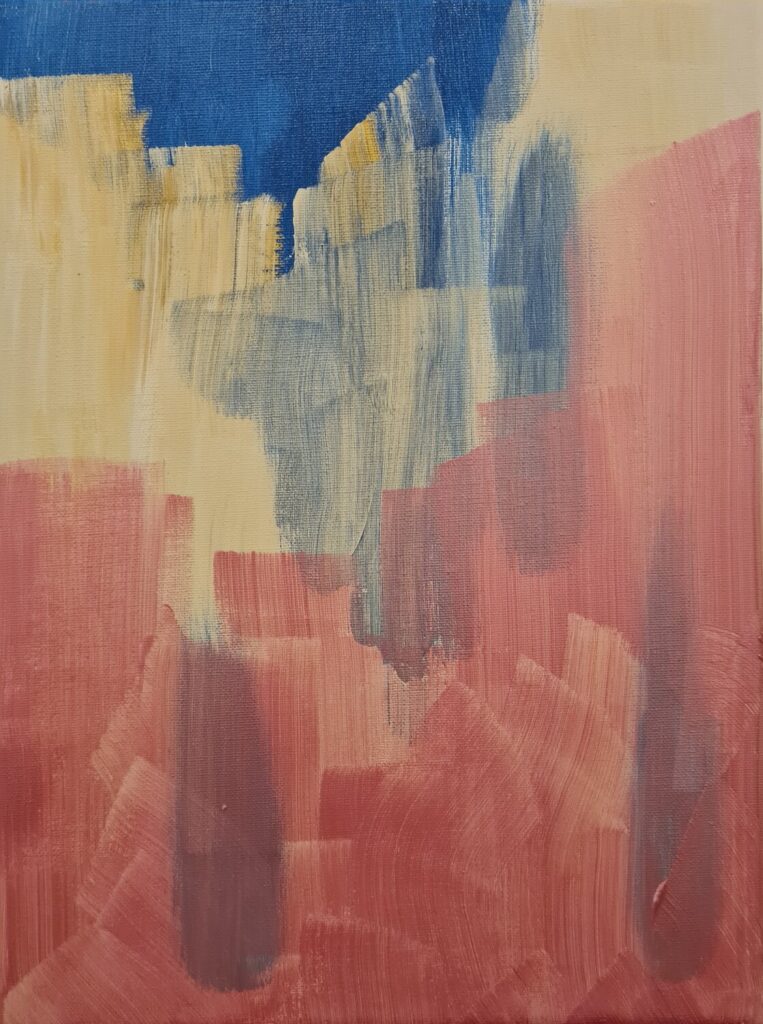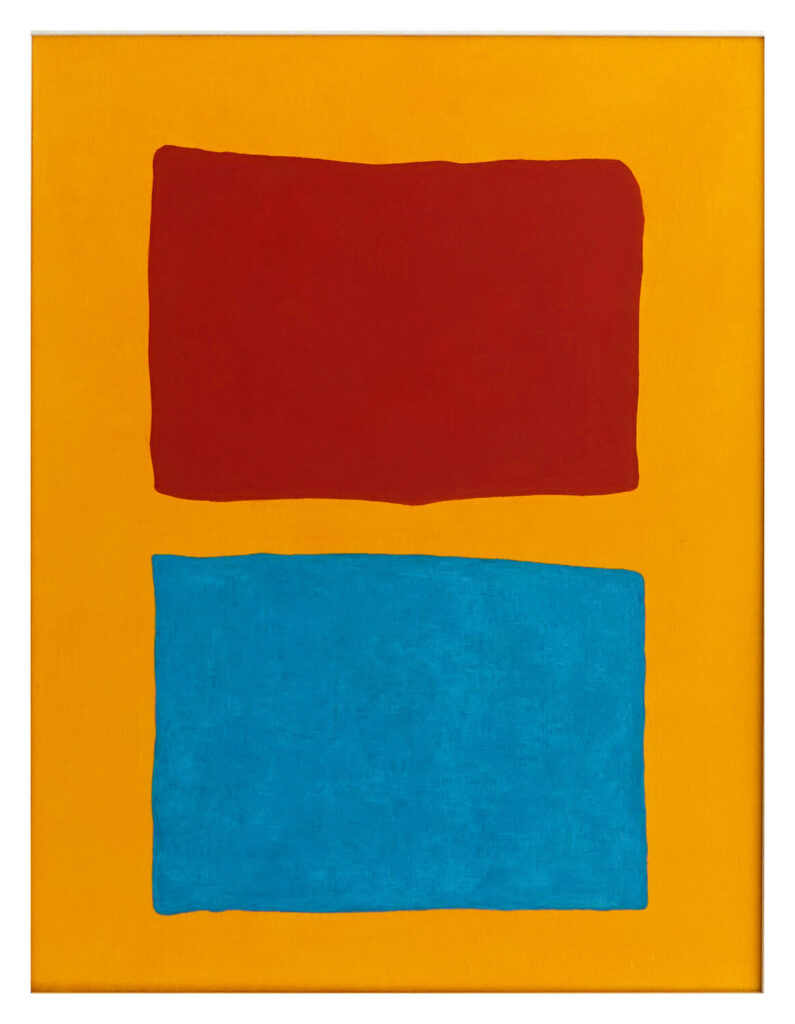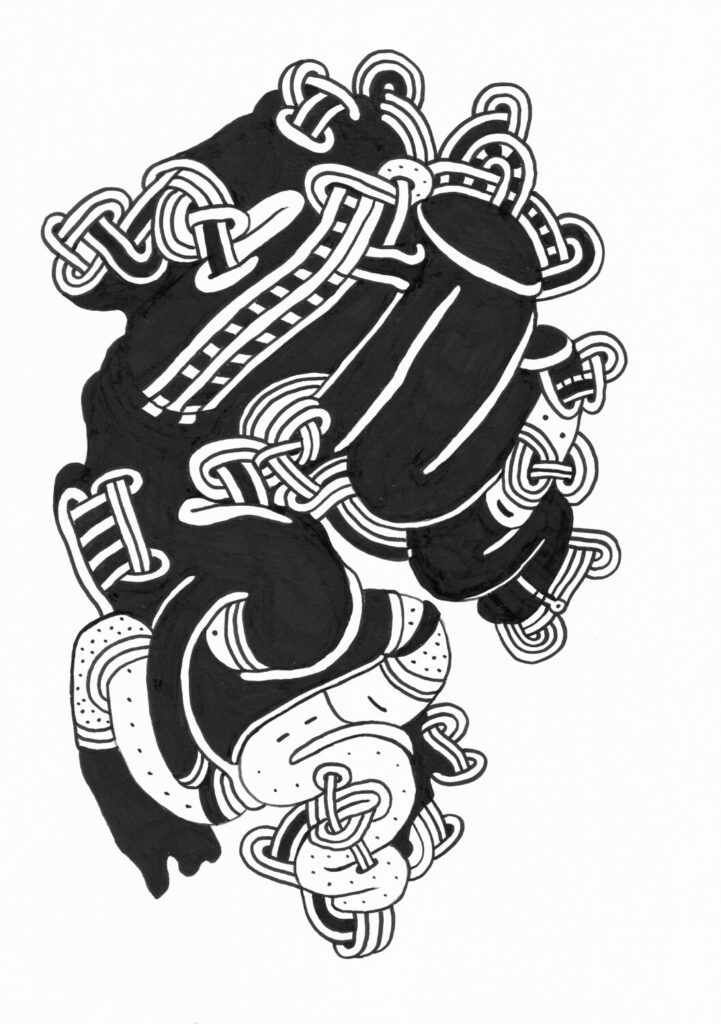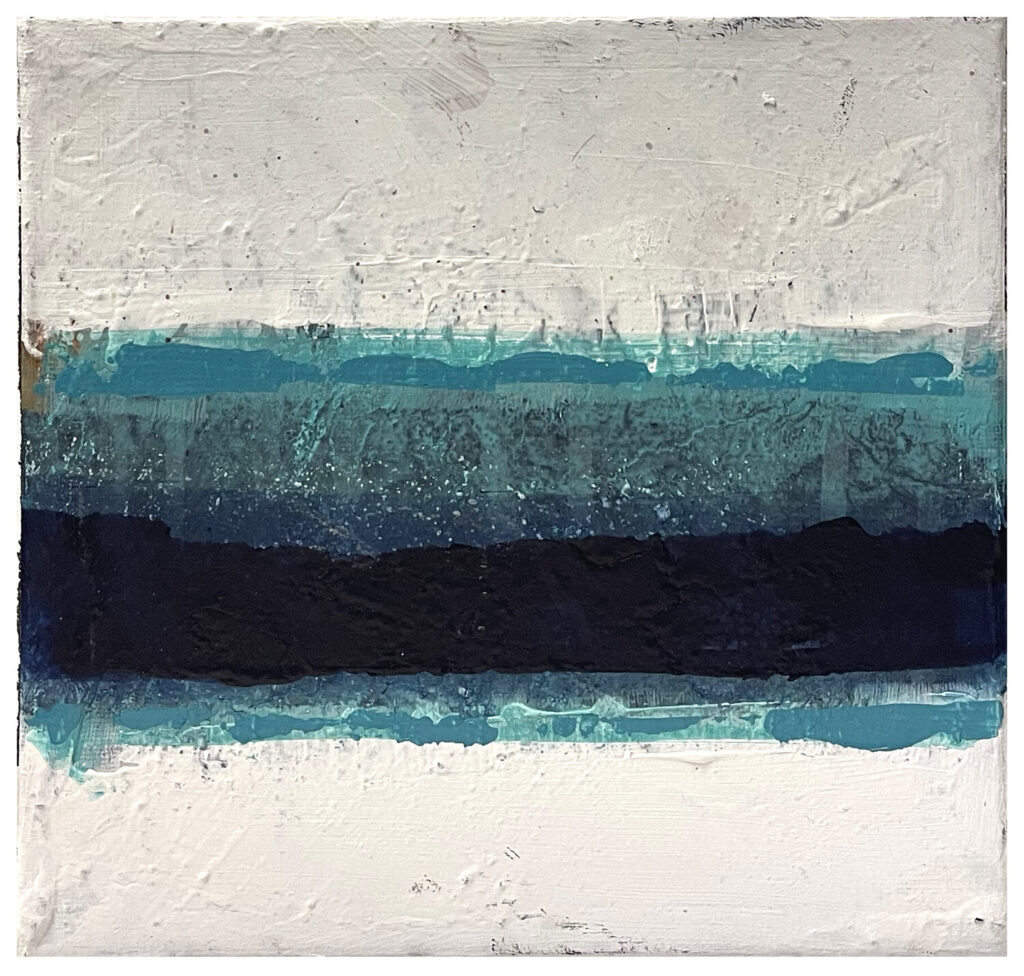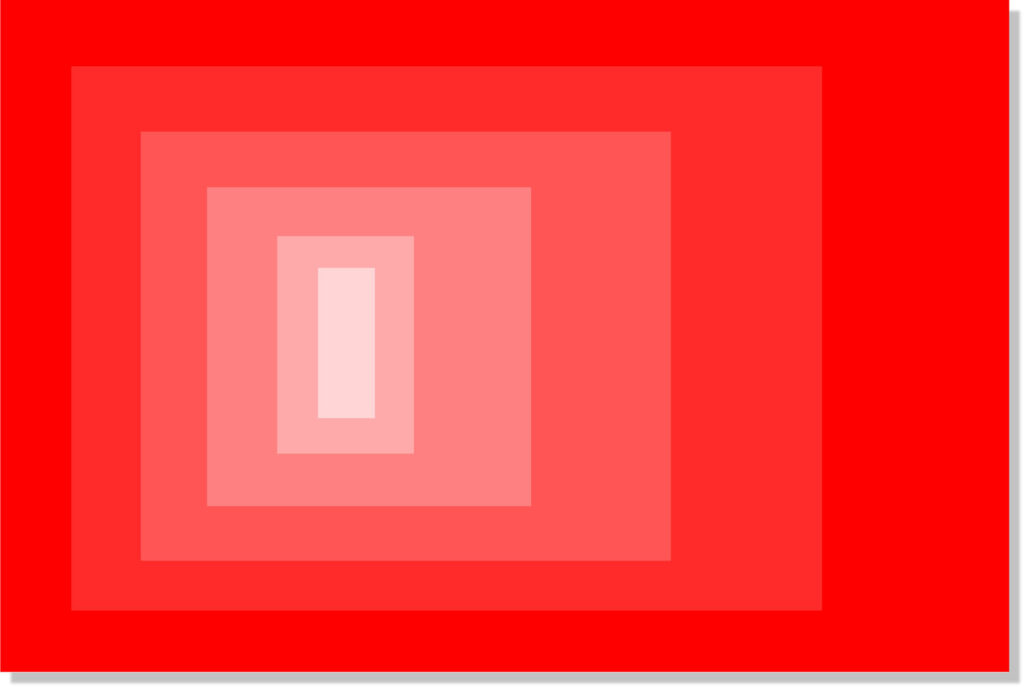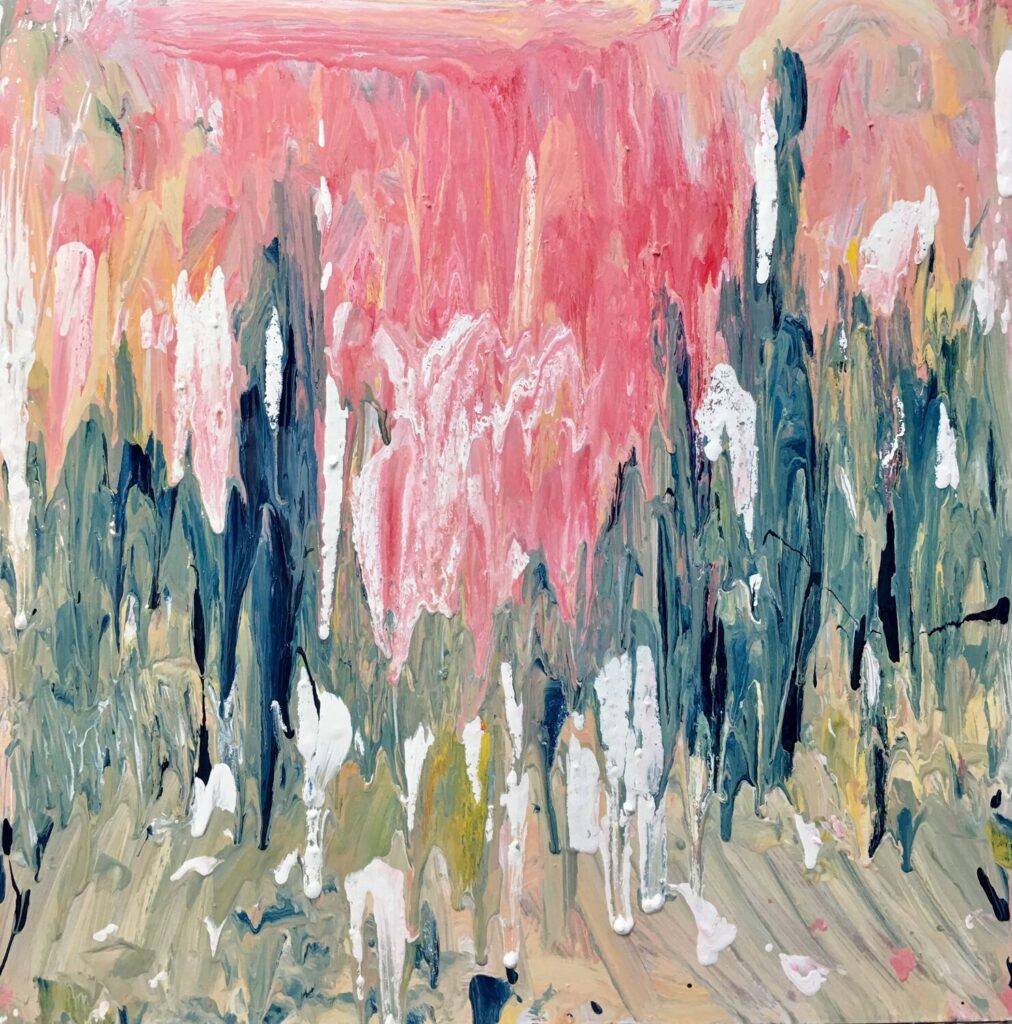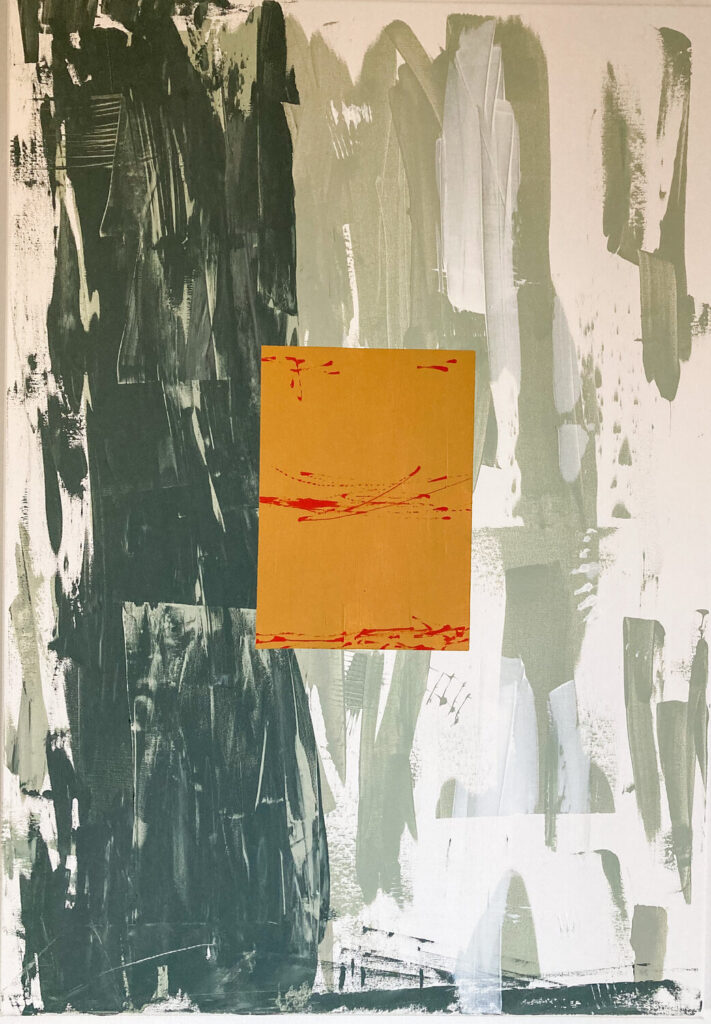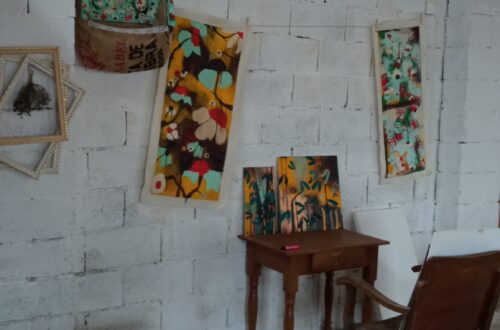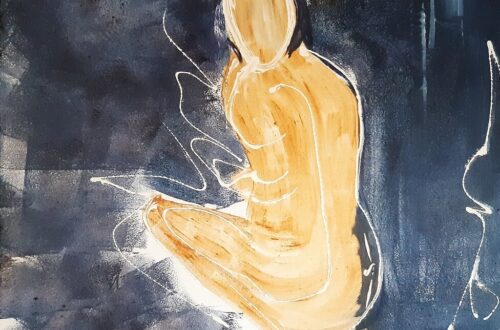You’ve been there before: staring at the swirling colors or admiring the geometric patterns across the canvas. Then, finally, someone says it. “It looks like a kid could make that!” What an oversimplification of one of the most pertinent genres in the art world: abstract art! Here at balthasart, we stand for no slander of any art form. Abstract art is one of the biggest but also most unfortunately misunderstood forms of art around. Too many claim to look at abstractions and “not get it,” but are they really regarding it in the right way? That’s where we come in to make it easy. Kick back and let us demystify the wonders of abstract art! To make it even better, we included a great curation of abstract art from our amazing balthasart artists! So, if you’re one of those people that thinks abstract art is child’s play, we are ready to open your mind.
Origins
As art evolved in the 19th and 20th centuries, the invention and improvement of photography meant that there were more accurate ways than painting to capture a realistic view of the world. Artists slowly started to move away from trying to represent reality in their works. The Impressionist, Post-Impressionist, and Cubist movements are all examples of abstraction becoming more and more prominent. All three contributed to the realization that art might be non-representative.
Modern abstract art emerged in the early twentieth century. For its day, it was entirely revolutionary. Artists began to make simplified images that had little to no connection to the “actual” world. Who exactly was the first to develop abstract art as we know it is a mystery, but historians frequently credit Wassily Kandinsky, who painted floating, nonrepresentational shapes as early as 1912. During the Armory Show in 1913, his work introduced abstraction to America.
Abstract art in the current day has no limits and exists in a variety of forms in the art world. It’s two-dimensional as well as three-dimensional. It may be created using a variety of materials and on a variety of surfaces. It can be used in conjunction with representational art or as a stand-alone piece. In their nonobjective work, artists typically focus on other visual elements such as color, form, texture, size, and more.
How to Analyze a Piece of Abstract Art
When assessing any piece of abstract art, there are three essential stages to follow.
Describe it: What do you think you see? First, state the obvious, then delve further. Identify the design features and concepts you perceive. What hues are there? Is it warm or cool? Do they have saturated or unsaturated tones? What types of lines are employed? What kinds of forms are there? Is it visually appealing? Is it symmetrical or asymmetrical? Is there a pattern to some of the elements?
Interpret it: What is the artwork attempting to communicate? What role do the things you observe and describe have in conveying the message? What effect does it have on you? Is there any movement or rhythm? Do you get a good feeling from it, or do you get a bad feeling from it? Is it energetic or does it evoke a sense of calm and serenity? Maybe even take a look at the painting’s title. It can help you figure out what it means or what it’s trying to say.
Evaluate it: Does it move you in any way? Do you get the artist’s point of view? Does it strike a chord with you? If not, don’t worry! Not everyone will connect with every painting.
It’s also super important to remember that the majority of abstract art is inspired by a shared human experience and emotions. It may just take some time with a painting to figure out what that is and what it means to you. Especially with abstract art, the painting is a one-of-a-kind dialogue between the artist and the spectator. Although you don’t have to know anything about the artist to be touched by a painting, the admirer who knows the most about the abstract artist and his or her background is likely to enjoy and comprehend the artwork the most.
Now that we’ve learned about the art form, let us inspire you further with a collection of works from our artists! These are just a taste of the wide selection of abstract art we have on the platform!
